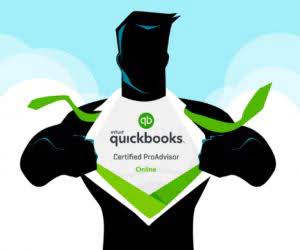
Without accurate numbers, none of these economic transactions are possible, as the interested parties will not have any reference point to initiate discussions. According to the discounted cash flow analysis, the company’s present value is based on the projected future cash flows over a certain period (typically 5 years). Most online business valuation calculators use a variation of the income approach. But if you have more financial information on hand, you can try a more comprehensive business valuation tool that includes both profit and revenue, as well as assets and liability, in the calculation. There are two types of assets — tangible and intangible assets — and they’re weighted differently when calculating a business’s total value.
There’s no difficult formula for business valuation via the book value method. The book value of the company is calculated by defining the company’s total assets and then subtracting its total liabilities. Generally, the two main earning value methods — capitalizing past earnings and discounted future earnings — are used when a company is seeking to buy or merge with another company. Market-value approaches are the least accurate and can lead to a business being under- or overvalued. Additionally, an accurate valuation can help a business owner identify potential acquisition targets that would be a good fit for their company. By knowing the value of other businesses in their industry, an owner can make informed decisions about which companies to approach and how much they should offer for a potential acquisition.
CV = (EBITDA x 1. – (current liabilities x 0.
These elements enable the producing unit to earn higher sales or higher margins than its competitors. Documents that offer evidence of or summarise company transactions are referred to as financial records. Invoices and receipts are examples of financial records at the most precise level. Financial records at a higher level include subsidiary ledgers, the general ledger, and the trial balance.
This being said, business valuation calculations typically include the worth of your equipment, inventory, property, liquid assets, and anything else of economic value that your company owns. Other factors that might come into play are your management structure, projected earnings, share price, revenue, and more. The discounted cash flow valuation formula is a good way to value a company if basic business valuation formula you’re looking at exiting business ownership or a prospective buyer is investing for the long term. When valuing a private company, there are a few different formulas that can be used to determine its worth. The most common valuation formulas are the capitalized earnings, the discounted cash flow, the relative valuation formula, the enterprise value to EBITDA multiple, and the asset-based.
Business Valuation Methods
Input-Output (IO) multipliers help assess the income-generating potential of economic strategies that target specific industries. Multipliers track variations in economic activity throughout an economy’s initiatives due to changes in final demand for a given industry. Through the multiplier process, an increase in investment creates a cumulative rise in income and employment, and vice versa. The multiplier theory explains how income spreads due to increased investment, but it also aids in bringing savings and investment into balance.
